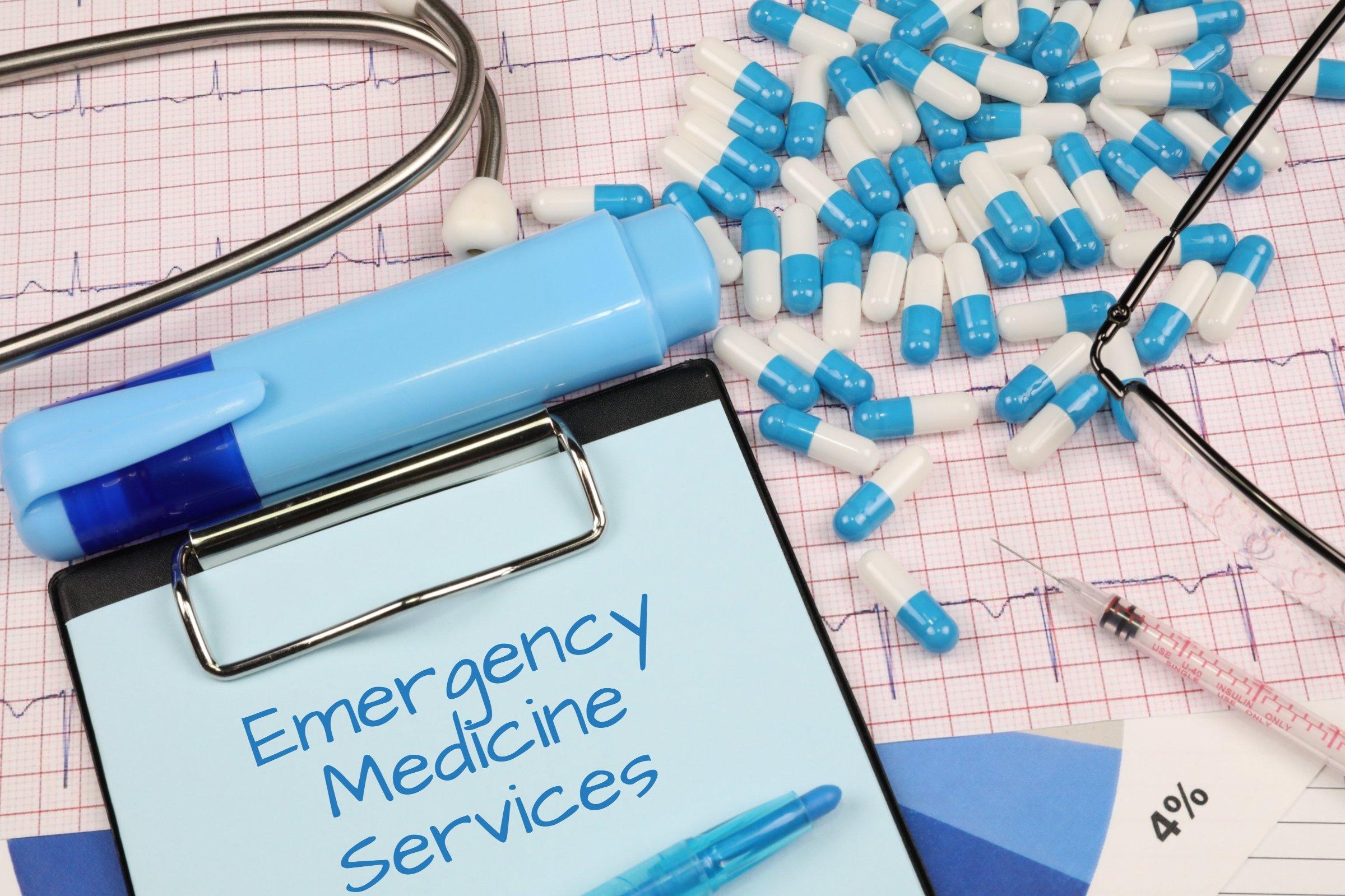When should I call a doctor for low blood pressure?
Low Blood Pressure Emergency Treatment at Home
Low blood pressure, or hypotension, can lead to serious health issues if not addressed promptly. While it’s essential to consult a healthcare professional, there are several effective emergency treatments you can apply at home. This comprehensive guide will provide you with valuable insights into recognizing low blood pressure symptoms, emergency treatments, practical tips, and preventive measures.
Understanding Low Blood Pressure
Blood pressure is classified as low when it drops below 90/60 mmHg. While some individuals may naturally have low blood pressure without symptoms, others may experience dizziness, fainting, or shock. Understanding the common causes and symptoms is crucial for quick intervention.
Common Causes of Low Blood Pressure
- Dehydration
- Prolonged bed rest
- Severe infection (septicemia)
- Heart problems (bradycardia, heart attack)
- Endocrine issues (adrenal insufficiency)
- Blood loss
Symptoms of Low Blood Pressure
Common symptoms include:
- Dizziness or lightheadedness
- Fainting
- Nausea
- Fatigue
- Blurred vision
Emergency Treatments for Low Blood Pressure at Home
If you or someone you know experiences a low blood pressure episode, implementing these treatments can help alleviate symptoms before professional medical care is available.
1. Hydration is Key
Dehydration is a common cause of low blood pressure. Drinking water or electrolyte-rich fluids can help restore blood volume:
- Water: Aim for at least 8-10 glasses daily.
- Electrolyte Drinks: Sports drinks or coconut water work well.
2. Salt Intake
Increasing your salt intake can help raise blood pressure. However, consult with a healthcare provider first if you have heart issues or are on a low-sodium diet.
- Sprinkle salt on meals or consume salty snacks like pretzels.
- Consider salty broths or soups for additional flavor and hydration.
3. Positioning
Changing body position can stimulate blood flow:
- Lie Down: Lying flat can help increase blood flow to the brain.
- Elevate Legs: Elevating the legs above heart level can improve circulation.
4. Compression Stockings
Wearing compression stockings can help prevent blood from pooling in the legs, improving circulation and blood pressure:
- Choose stockings that provide adequate compression and comfort.
5. Small, Frequent Meals
Large meals can sometimes cause blood pressure to drop. Eating smaller meals throughout the day can help maintain stable blood pressure levels:
- Incorporate protein and whole grains to sustain energy.
Benefits of At-Home Treatments
By addressing low blood pressure at home, you can:
- Reduce the risk of fainting or falls.
- Manage symptoms effectively before seeking professional help.
- Promote overall wellness through hydration and nutrition.
Practical Tips to Prevent Low Blood Pressure
Implementing lifestyle changes can help prevent future episodes of low blood pressure:
- Stay hydrated throughout the day.
- Avoid alcohol, which can dehydrate and lower blood pressure.
- Incorporate regular exercise to improve circulation.
- Monitor blood pressure regularly, especially if you have a history of hypotension.
Case Studies: Real-life Experiences
| Patient | Symptoms | Home Treatment | Outcome |
|---|---|---|---|
| Jane Doe, 34 | Dizziness, fainting | Increased fluid intake, elevated legs | Improved within 30 minutes |
| John Smith, 45 | Fatigue, blurred vision | Salted broth, compression stockings | Stable blood pressure achieved |
Conclusion
Low blood pressure can be alarming, but with the right treatments and preventative measures, it can be managed effectively at home. Recognizing symptoms early and implementing emergency treatments can minimize risks and enhance quality of life. Always consult with a healthcare professional for personalized advice and follow-up care.
Remember, while these at-home treatments can be effective, they are not a substitute for professional medical advice. When in doubt, seek medical attention, especially if symptoms persist or worsen.
